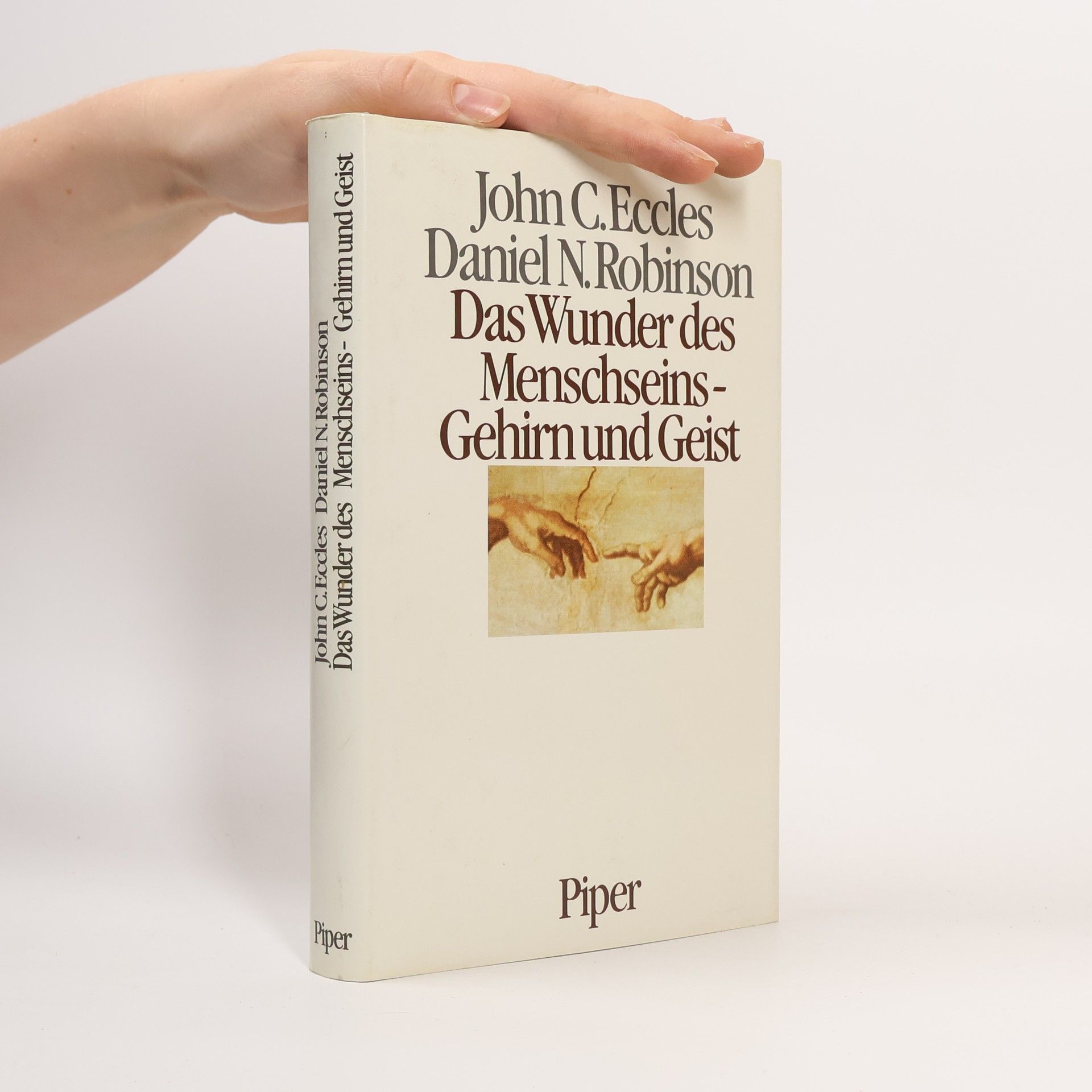John Eccles Reihenfolge der Bücher
Sir John Carew Eccles war ein australischer Neurophysiologe. Seine Arbeit konzentrierte sich auf die Synapse, die Verbindung zwischen Neuronen. Diese Forschung brachte ihm einen Nobelpreis ein. Seine Entdeckungen erweiterten maßgeblich unser Verständnis der Gehirnfunktion.
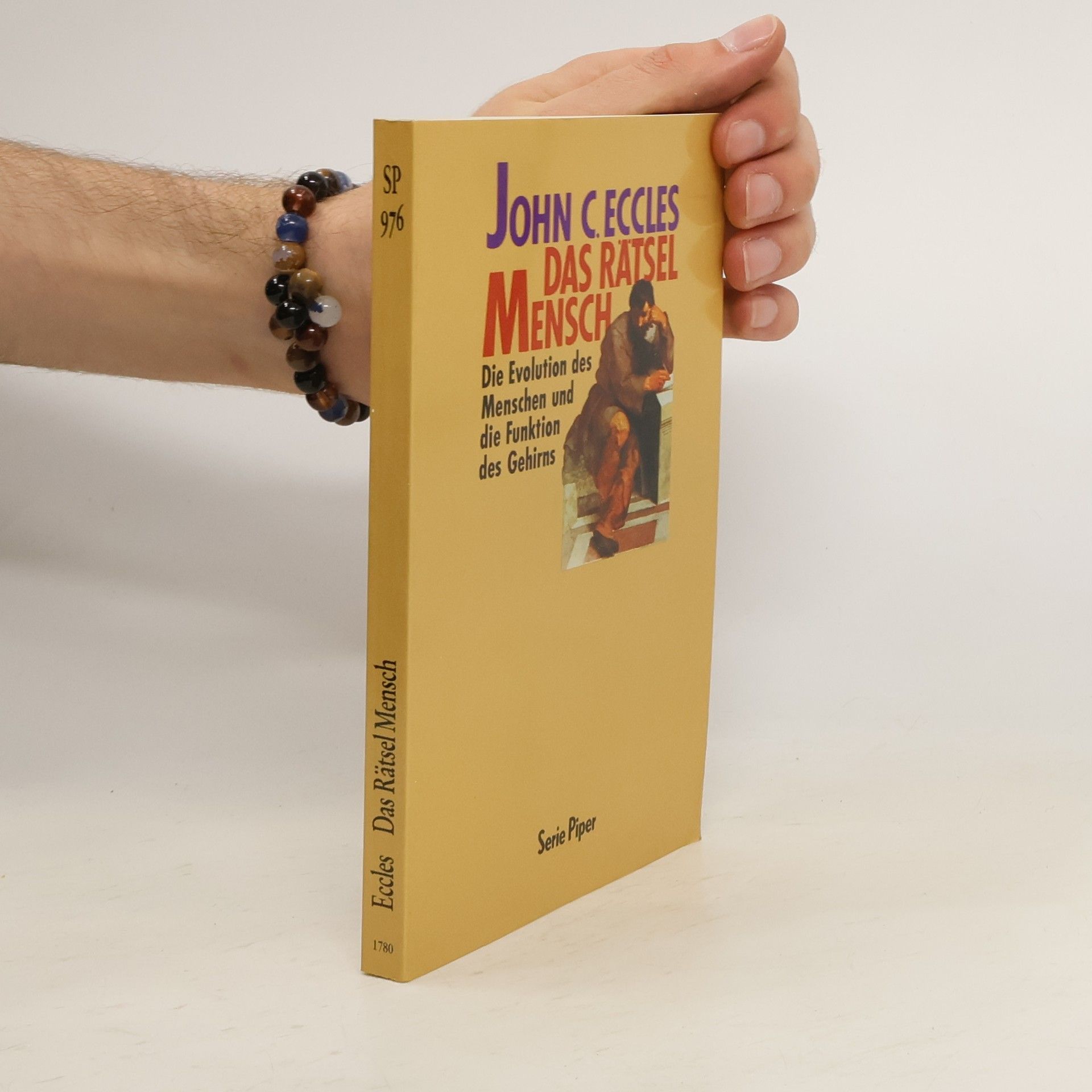
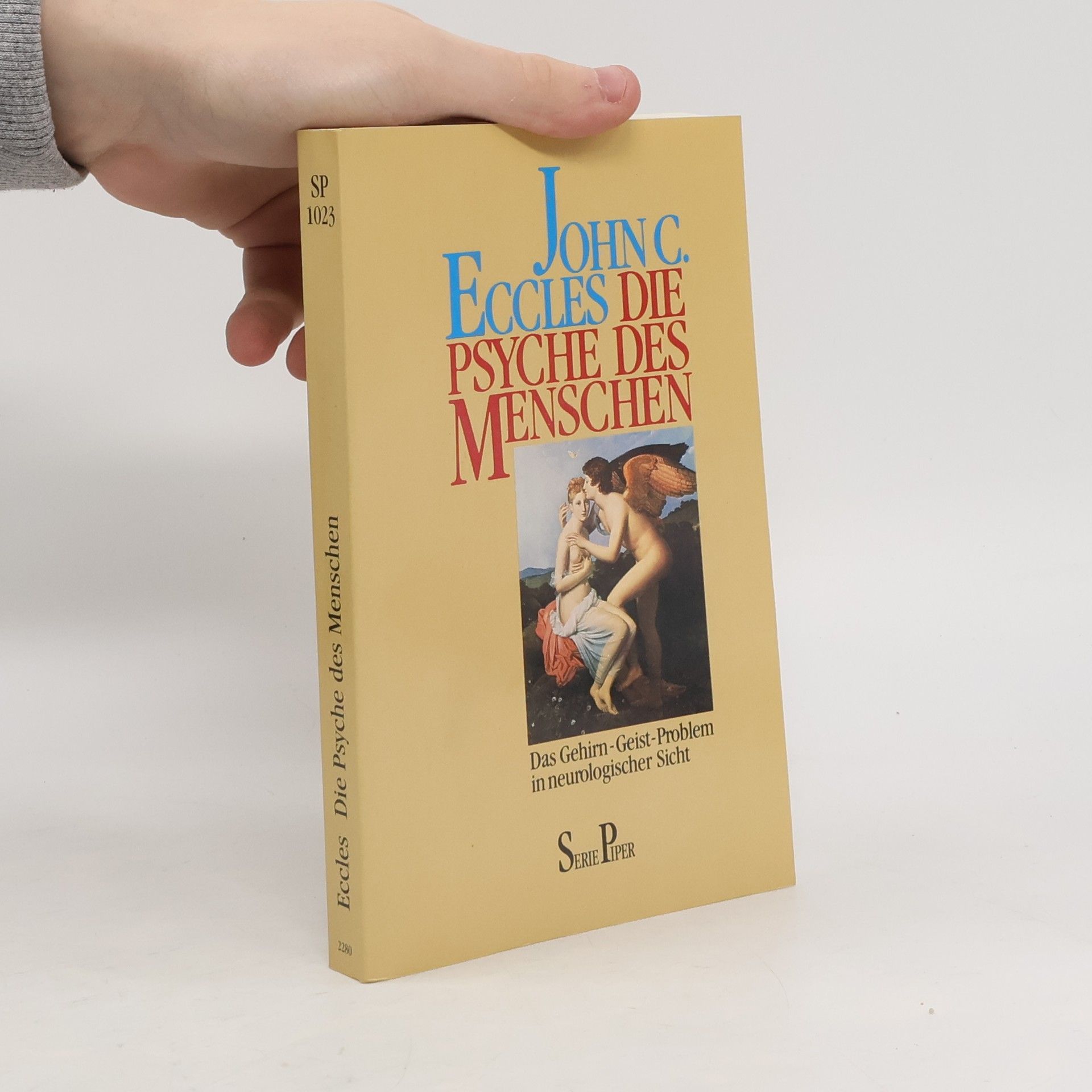


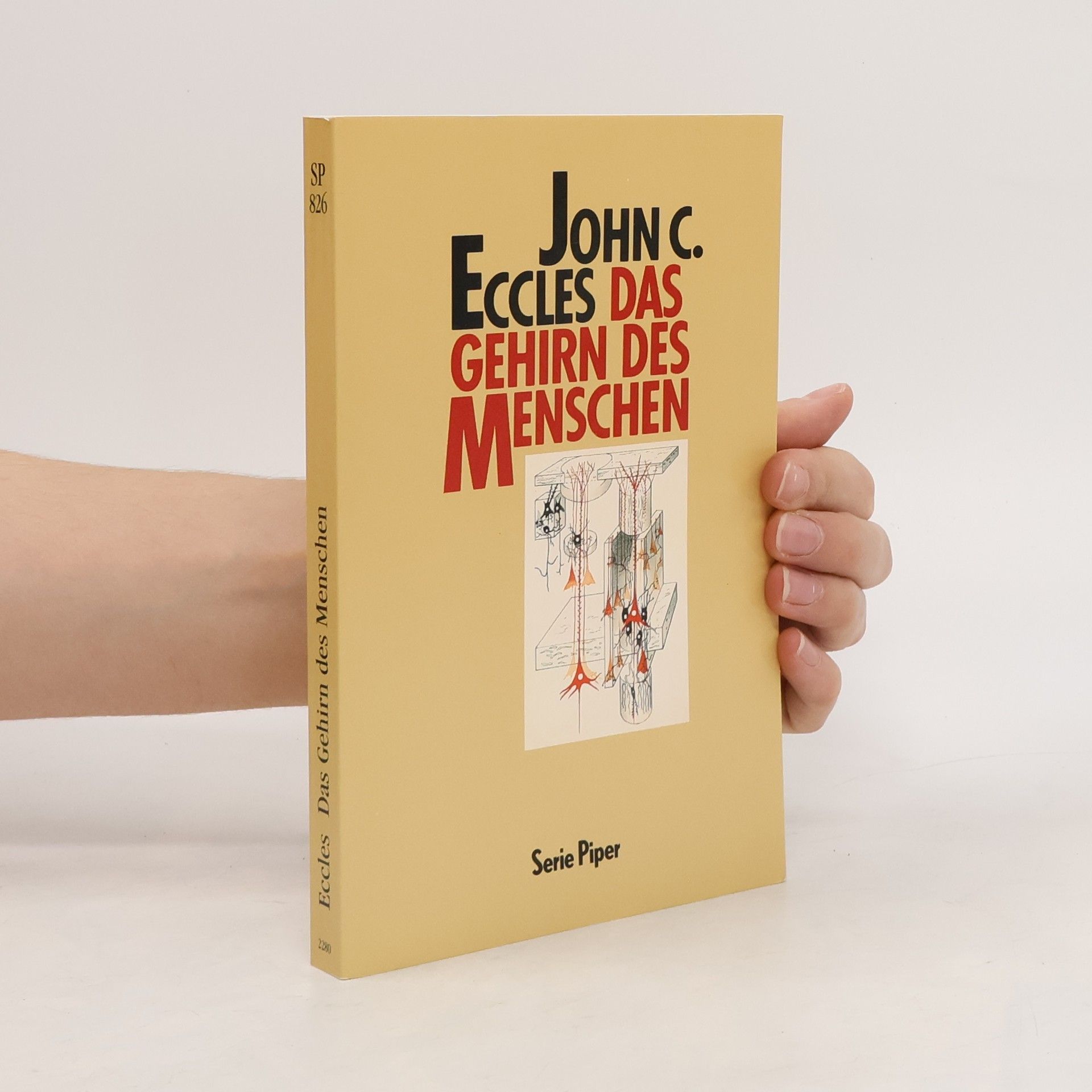
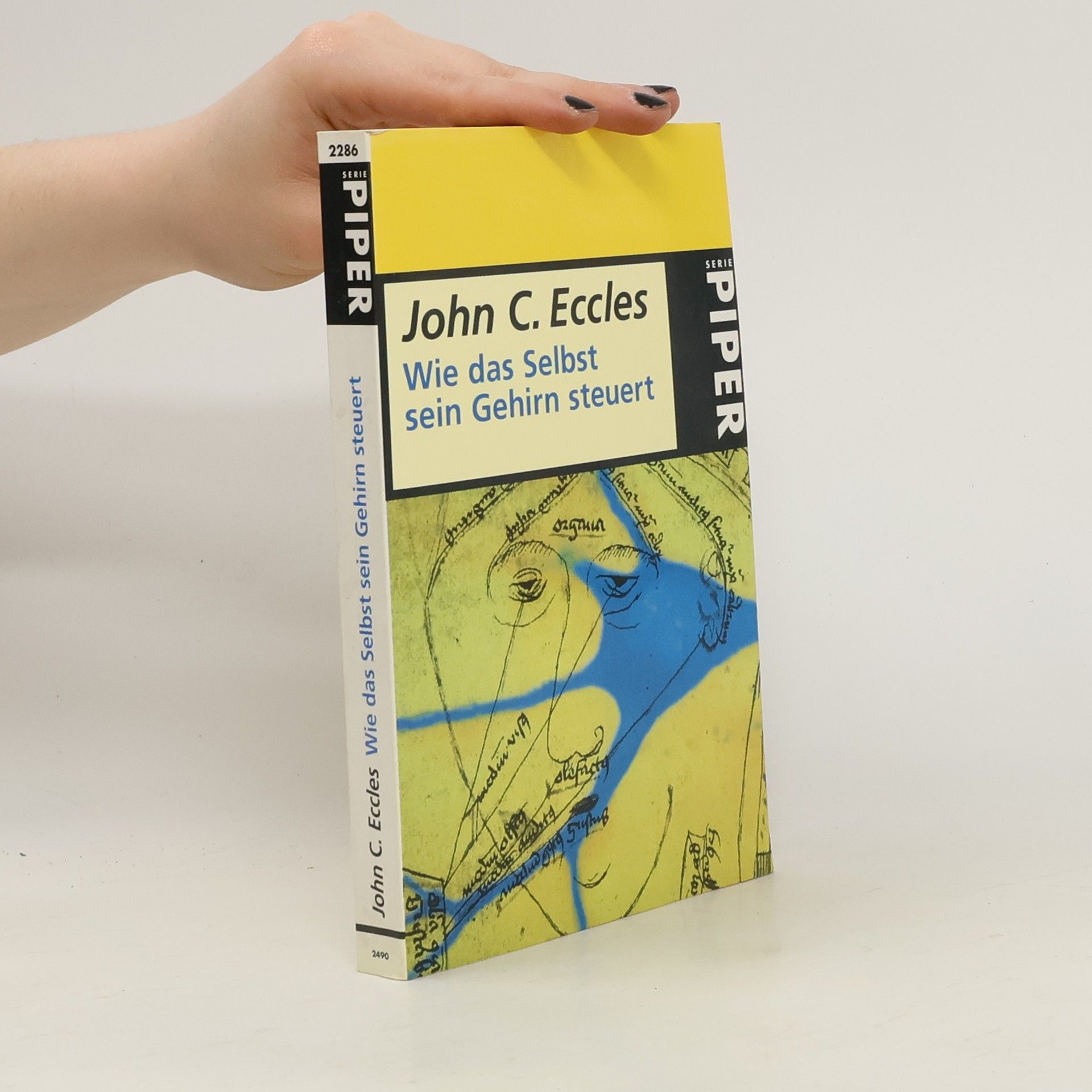
- 2013
- 1996
- 1987
- 1980
Gehirn und Geist
- 210 Seiten
- 8 Lesestunden
- 1979
- 1978
Under the terms of the endowment by Lord Gifford, the Gifford Lectures have been an annual event in the University of Edin burgh since 1887, and also in three other Scottish universities. According to the will of Lord Gifford they were set up " ... to promote and diffuse the study of Natural Theology in the widest sense of that term - in other words, the knowledge of God." The assignment is for ten lectures, and I delivered them from 20 February, to 13 March, 1978. I chose the theme of the Human Mystery because I believe that it is vitally important to emphasize the great mysteries that confront us when, as scientists, we try to understand the natural world including ourselves. There has been a regrettable tendency of many scientists to claim that science is so powerful and all pervasive that in the not too distant future it will provide an explantation in principle of all phenomena in the world of nature including man, even of human consciousness in all its manifesta tions. When that is accomplished scientific materialism will then be in the position of being an unchallengable dogma accounting for all experience."


